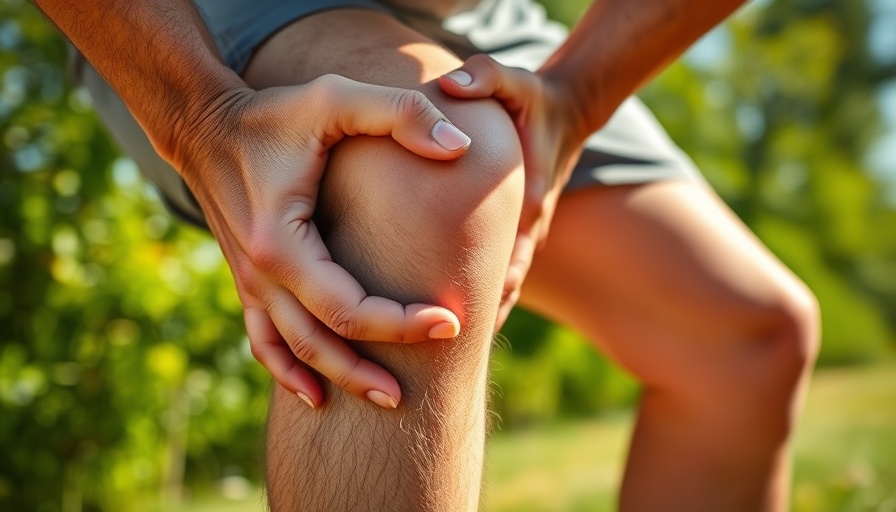
Understanding the Challenge of Knee Pain
Knee pain can transform the simple act of walking into an arduous task, particularly for individuals dealing with chronic conditions or recovering from injuries. Many people experience a significant shift in their mobility and quality of life due to debilitating knee discomfort. This underscores the importance of effective management strategies to keep you moving comfortably.
Significance of Proper Footwear for Knee Health
One of the most impactful, yet often overlooked, factors that influence knee pain during walking is the choice of footwear. Wearing shoes that lack adequate support and cushioning increases the strain on the knees. Physiotherapist Laura Wilson highlights the role of trainers with shock-absorbing features, which can substantially alleviate knee discomfort.
“A good pair of trainers that can absorb shock can really help,” Wilson advises. This highlights how the right footwear can serve as a valuable support system for your joints, especially if muscle strength around the knees is insufficient. Those dealing with structural issues may also find relief through custom insoles or orthotic inserts designed to address specific needs.
The Role of Movement in Joint Health
Another common cause of knee pain is prolonged periods of sitting. When joints remain still, they can become stiff and painful upon resuming activity. Wilson recommends a proactive approach: “The key is to move little and often.” By simply setting reminders to stand or stretch every 20-30 minutes, you can enhance joint lubrication and overall mobility.
Incorporating gentle desk stretches or mobility exercises throughout the day can make a significant difference in how your joints feel when you walk, turning the experience from painful into liberating.
Weight Management and Its Effects on Knee Pain
Excess weight can exert additional pressure on the knees, making it paramount for those experiencing discomfort to manage it effectively. While not every case of knee pain is directly tied to body weight, Wilson emphasizes the correlation: “If you’re getting knee pain, it could be because there’s too much weight going through your knee joint.” Maintaining a balanced diet and engaging in suitable exercise can lessen joint strain and mitigate pain levels over time.
The Long-Term Benefits of Muscle Strengthening
To complement the immediate changes outlined, implementing a strength training regimen can bolster the protective muscles around your knees. This not only assists in pain relief but also reduces the likelihood of future injuries. For practical application, consider engaging in a simple, 10-minute workout crafted to strengthen the knee-supporting muscles, avoiding the need for equipment. This proactive approach ensures both short- and long-term benefits.
Connecting the Dots: A Holistic Approach to Relief
Integrating these strategies into your daily life requires commitment, but the potential rewards—enhanced mobility and reduced discomfort—are immense. Each small shift in behavior, from choosing better footwear to incorporating regular movement, contributes to a more holistic approach toward managing knee pain.
Encouraging Action: Start Your Journey to Pain Relief
The final message is clear: addressing knee pain while walking doesn’t require drastic changes. By understanding the fundamentals of footwear, incorporating movement, managing weight, and strengthening muscles, you can collectively foster a supportive environment for your knees. Each step you take in this direction can significantly impact your overall wellbeing. So, take a moment to reflect on your current habits and consider implementing these strategies today for a more comfortable tomorrow.
 Add Row
Add Row  Add
Add 




Write A Comment